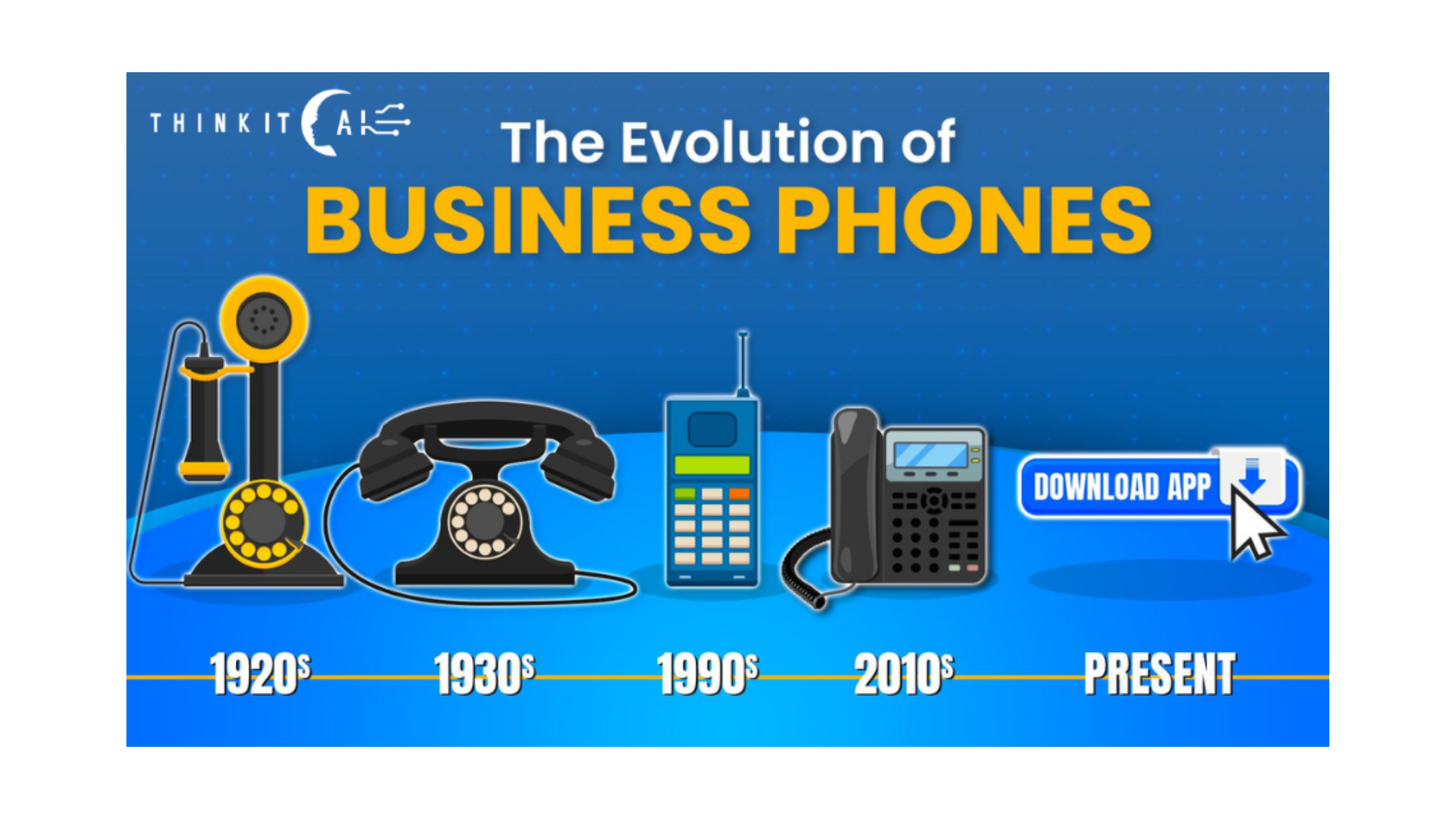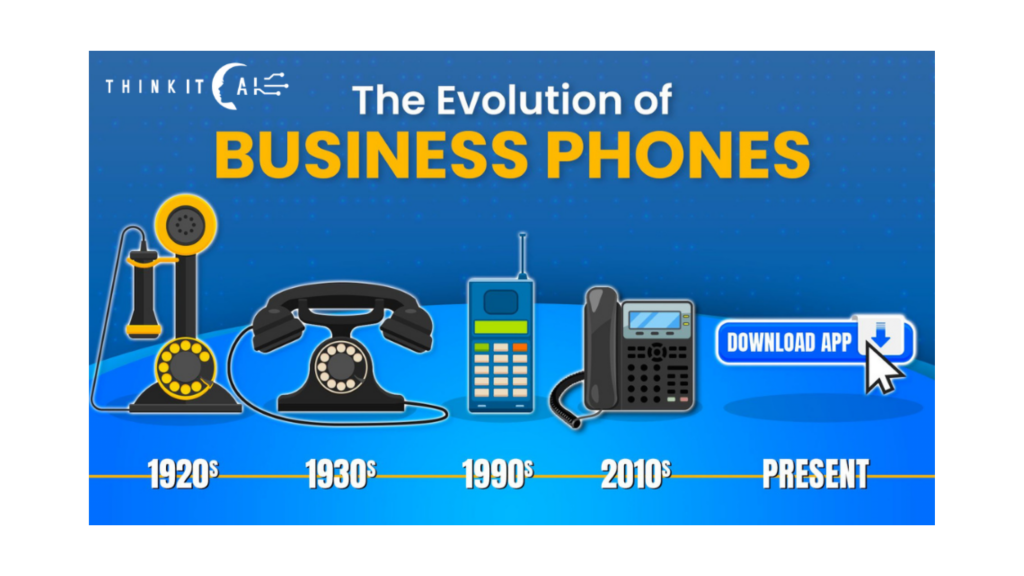The Remarkable Evolution of Phones in Business
In the not-so-distant past, when someone mentioned the word “phone,” you might have envisioned a rotary dial device with a cord tethering you to a wall. Fast forward to the present, and the definition of a phone has undergone a remarkable transformation. Join us on a journey through the evolution of phones, from their humble beginnings in 1920 to the cutting-edge world of VoIP communication in 2023. Along the way, we’ll explore major advancements, revolutionary changes, and how businesses can harness the latest in communication technology.
1920s-1940s: Birth of the Telephone
It all started with Alexander Graham Bell’s invention of the telephone in 1876, but it wasn’t until the early 1920s that telephones became a common household item. These early phones featured rotary dials and were mostly used for voice calls. By the 1940s, telephone networks had expanded, and long-distance calls were becoming a reality.
1950s-1970s: The Push-Button Era
The 1950s introduced the push-button telephone, a leap forward in user-friendliness. This innovation allowed for faster dialing and paved the way for Direct Distance Dialing (DDD). The ’70s saw further advances, such as the answering machine.
1980s-1990s: The Cordless Revolution
The ’80s witnessed the arrival of cordless phones, freeing people from their cords and allowing them to roam while talking. By the ’90s, cell phones had become increasingly popular, reducing the need for landlines.
2000s: The Rise of Smartphones
In 2007, the launch of the iPhone forever changed the phone landscape. Smartphones, with their advanced features, touchscreens, and app stores, became indispensable for both personal and professional use.
2010s: VoIP and Mobile Integration
The 2010s saw the integration of Voice over Internet Protocol (VoIP) technology. Businesses adopted VoIP systems, enabling them to make voice and video calls over the internet. These systems allowed for seamless communication on a global scale.
2020s-2023: The Future is Now
As we reach 2023, we’ve witnessed an astonishing transition. Traditional phones have all but disappeared, with VoIP technology at the forefront. VoIP offers advantages such as cost-efficiency, flexibility, and enhanced features, enabling businesses to connect with clients and employees around the world seamlessly.
Why VoIP Matters for Your Business:
In this era of VoIP, it’s vital for businesses to understand and utilize the latest communication methods. VoIP technology empowers companies to streamline communication, enhance collaboration, and reduce costs. With VoIP, businesses can take advantage of services like video conferencing, unified messaging, and mobile integration. The ability to connect with clients and colleagues from anywhere in the world is a game-changer in today’s fast-paced business environment.
The journey of phones, from Bell’s invention in the 1920s to the rise of VoIP in 2023, is a testament to human innovation. As businesses continue to evolve, so do their communication needs. Embracing the latest in communication technology, such as VoIP, is the key to staying ahead in a competitive world. Make sure your business understands the ins and outs of these newest methods, as they have the potential to shape the future of your success.





